How can Fabric-First construction simplify achieving Passivhaus Standard?
One approach we advocate to help our clients prioritise sustainability and energy efficiency is fabric-first design. Fabric-first can be used in tandem with other sustainable construction methods to help achieve Passivhaus certification. But how will a fabric-first design help you meet the rigorous standards while delivering long-term benefits for occupants and the environment?
What is Fabric-First design?
Fabric-first design emphasises optimising the building envelope and focus is placed on using high-quality materials and construction techniques to create a thermally efficient, airtight structure. Read more about Fabric-First principles and how we apply them to our projects here.
How building to Passivhaus Standard benefits from a Fabric-First approach
Fabric first construction at The Garden Room
Passivhaus certification sets some of the building industry's most high-performing energy performance requirements. Our view is that by addressing the fabric of the building first, it allows the energy demand to be reduced rather than relying on more renewables/energy than would be needed otherwise. By adopting a fabric-first strategy on your project, architects and builders can address several critical Passivhaus criteria more effectively from the beginning:
Reducing heat loss
Passivhaus requires an annual heating demand of no more than 15 kWh/m²/year. A fabric-first approach achieves this by:
Incorporating high-performance insulation in walls, roofs, and floors.
Installing triple-glazed, thermally broken windows to limit heat transfer.
Advanced materials and techniques are used to create a thermal bridge free envelope that retains heat efficiently.
By dramatically reducing heat loss, the building requires far less energy for heating, which is a key principle of Passivhaus design.
Improving airtightness
One of the strictest Passivhaus requirements is airtightness: buildings must not exceed 0.6 air changes per hour (ACH) at 50 Pascals. Fabric-first construction makes this achievable by:
Using high-quality airtight products such as boards/membranes, tapes to eliminate gaps and leaks.
Prioritising meticulous detailing and careful installation to ensure a continuous airtight barrier.
Reducing uncontrolled air leakage also improves indoor air quality when paired with ventilation systems.
Minimising thermal bridging
Thermal bridging occurs when heat escapes through poorly insulated parts of the building, such as junctions or edges. Fabric-first construction addresses this by:
Materials with low thermal conductivity are used to design junctions and connections.
Employing techniques like external insulation or thermal break inserts to mitigate bridging.
Designing out problem areas during the early stages of the project.
Eliminating thermal bridging not only reduces heating demand but also prevents condensation and associated issues, improving the building's durability and occupant health.
Optimising passive solar gains
A well-designed fabric envelope works hand-in-hand with building orientation and window placement to maximise passive solar heat gains. Fabric-first principles ensure that this heat is retained efficiently, reducing the need for active heating systems. High-performance glazing with appropriate shading will also balance solar gains to prevent overheating in the summer.
Simplifying energy modelling
The Passivhaus Planning Package (PHPP) requires precise energy calculations. A high-performing building envelope simplifies this process by:
Delivering predictable thermal performance that reduces variability in energy demand.
Making it easier to meet Passivhaus thresholds for heating and cooling.
The Garden Room at Cwm Barn, Photographer Ellen Christina Hancock
Benefits beyond the technical specifications
As we have previously spoken about on the Arbor blog, the advantages of fabric-first design extend beyond meeting the technical specifications of the Passivhaus standard:
1. Cost Savings: Reduced energy demand leads to lower utility bills for occupants.
2. Comfort: Enhanced thermal performance ensures consistent indoor temperatures year-round.
3. Health: Airtight, well-insulated homes paired with MVHR systems promote better indoor air quality.
4. Sustainability: A fabric-first approach reduces the carbon footprint of buildings by lowering operational energy use and embodied energy.
By prioritising the fabric-first approach, you can make achieving the Passivhaus standard not only possible but much more straightforward and achievable — delivering a building that is better for you and the planet.


